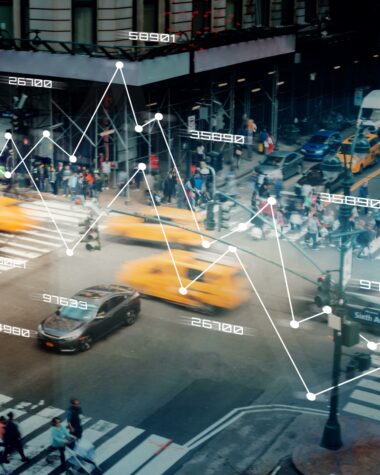In today’s fast-paced world, the concept of urban living is often associated with long commutes, traffic congestion, and environmental pollution. However, a new urban planning model called the “15-minute city” is gaining traction, offering a promising solution to these challenges, and fostering a more sustainable, equitable, and livable future.
The 15-minute city concept envisions a city where all essential needs, including housing, work, education, healthcare, and recreation, are within a 15-minute walk, bike ride, or public transit journey. This compact and pedestrian-friendly approach aims to reduce reliance on cars, promote public health, and enhance community cohesion.
Positive Impacts of 15-Minute Cities:
- Reduced Carbon Emissions: By encouraging walking, biking, and public transportation, 15-minute cities significantly lower greenhouse gas emissions, contributing to a more sustainable urban environment.
- Improved Public Health: Active transportation, such as walking and cycling, promotes physical activity and reduces the risk of chronic diseases like heart disease and obesity.
- Enhanced Community Cohesion: The denser and more walkable nature of 15-minute cities fosters a sense of community as residents interact more frequently and develop stronger social ties.
- Reduced Reliance on Cars: By providing access to essential services within a short distance, 15-minute cities reduce the need for car ownership and associated expenses.
- Economic Revitalization: By creating vibrant neighborhoods with a mix of uses, 15-minute cities can attract businesses and contribute to economic growth.
- Preservation of Green Spaces: Since 15-minute cities prioritize compact development, they can conserve open spaces and natural habitats.
Implementing the 15-Minute City Model:
- Invest in Public Transportation: Expanding and improving public transportation networks is crucial to enable seamless movement within the city.
- Redesign Streets and Neighborhoods: Prioritize pedestrian and cyclist safety, reduce car lanes, and incorporate green spaces to create inviting and walkable areas.
- Encourage Mixed-Use Development: Promote a mix of residential, commercial, and recreational spaces within neighborhoods to reduce the need for long-distance travel.
- Empower Local Businesses: Support local businesses and community-based initiatives to strengthen the social fabric of the city.
- Promote Sustainable Mobility: Encourage the use of bicycles, electric vehicles, and car-sharing services to reduce reliance on private cars.
- Empower Citizens: Engage residents in the planning process and encourage their participation in shaping the future of their communities.
- Adapt to Climate Change: Plan for future climate challenges, such as extreme weather events, by incorporating resilient infrastructure and green spaces.
- Continuous Innovation: Regularly evaluate the 15-minute city model and adapt it to the changing needs and aspirations of the community.
The 15-minute city concept represents a bold and transformative approach to urban planning, offering a path towards a more sustainable, equitable, and livable future. By embracing this model, cities can create communities that prioritize human well-being, environmental stewardship, and economic vitality. As more cities adopt this innovative approach, we can envision a world where urban living is not just about fast-paced lifestyles and environmental degradation, but about fostering a harmonious relationship between people and their communities.











